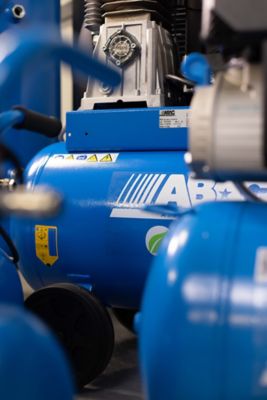Setting up a compressed air system in a workshop involves careful planning and preparation. Here are the key steps to follow:
- Determine the Placement of the Compressor: Choose a location for the compressor that is easily accessible and has adequate ventilation. Ensure that the area is free from obstructions and has enough space for maintenance and repairs.
- Run the Necessary Wiring and Piping: Connect the compressor to the electrical supply and run the necessary wiring and piping to distribute compressed air throughout the workshop. Use durable materials such as PVC or copper pipes to ensure the longevity of the system.
- Install Air Couplings at Workstations: Install air couplings at various workstations to provide easy access to compressed air. This will allow you to connect and disconnect tools quickly and efficiently.
- Add Filtration Devices and Water Separators: Install filtration devices and water separators to remove contaminants and moisture from the compressed air. This will help maintain the quality of the air and prevent damage to tools and equipment.










